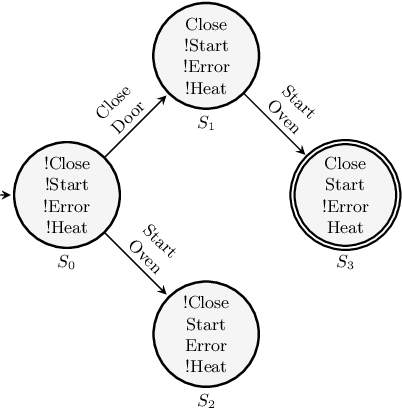Verification of Planning Domain Models - Revisited
Paper and Code
Nov 22, 2018
The verification of planning domain models is crucial to ensure the safety, integrity and correctness of planning-based automated systems. This task is usually performed using model checking techniques. However, directly applying model checkers to verify planning domain models can result in false positives, i.e. counterexamples that are unreachable by a sound planner when using the domain under verification during a planning task. In this paper, we discuss the downside of unconstrained planning domain model verification. We then propose a fail-safe practice for designing planning domain models that can inherently guarantee the safety of the produced plans in case of undetected errors in domain models. In addition, we demonstrate how model checkers, as well as state trajectory constraints planning techniques, should be used to verify planning domain models so that unreachable counterexamples are not returned.
 Add to Chrome
Add to Chrome Add to Firefox
Add to Firefox Add to Edge
Add to Edge